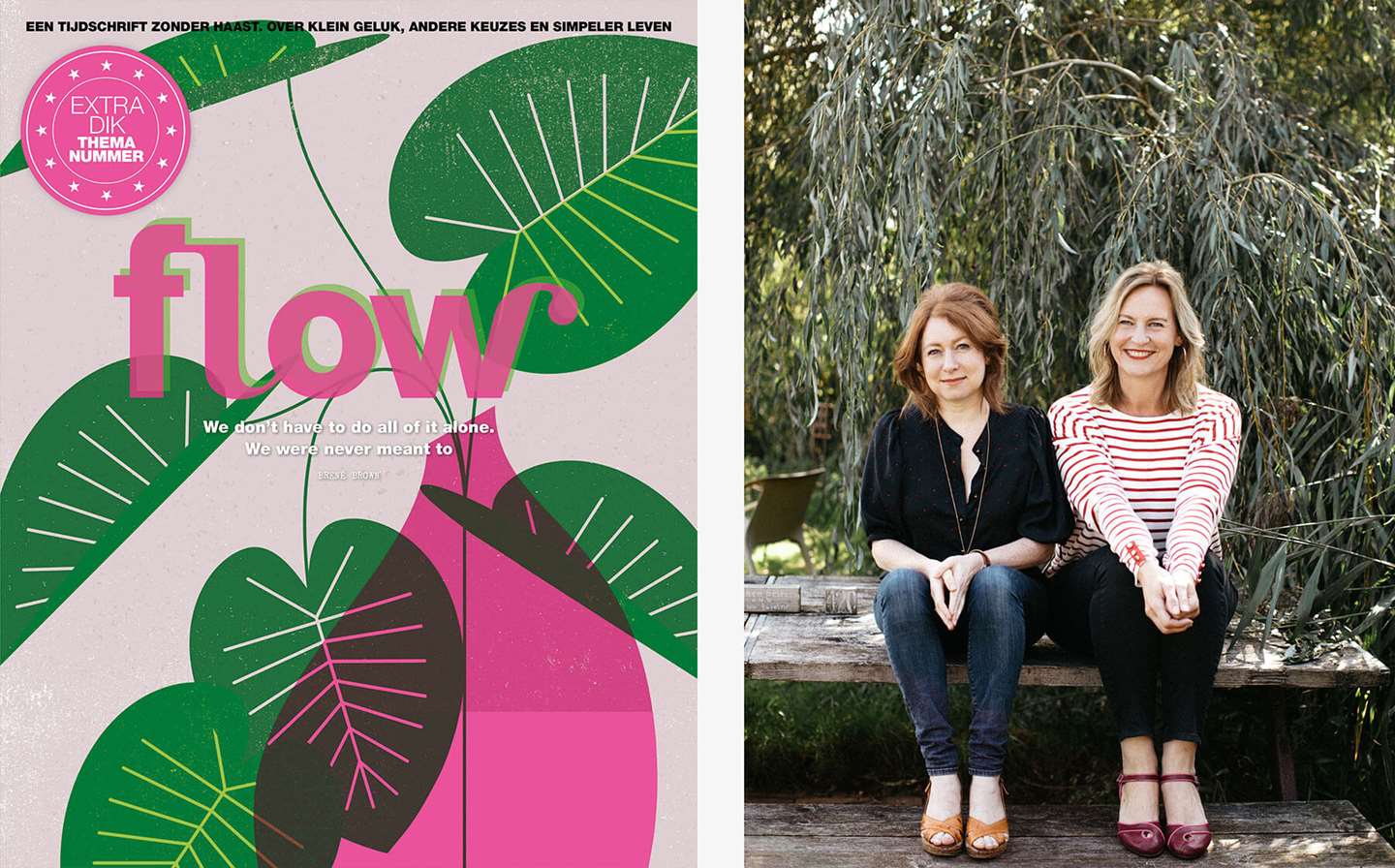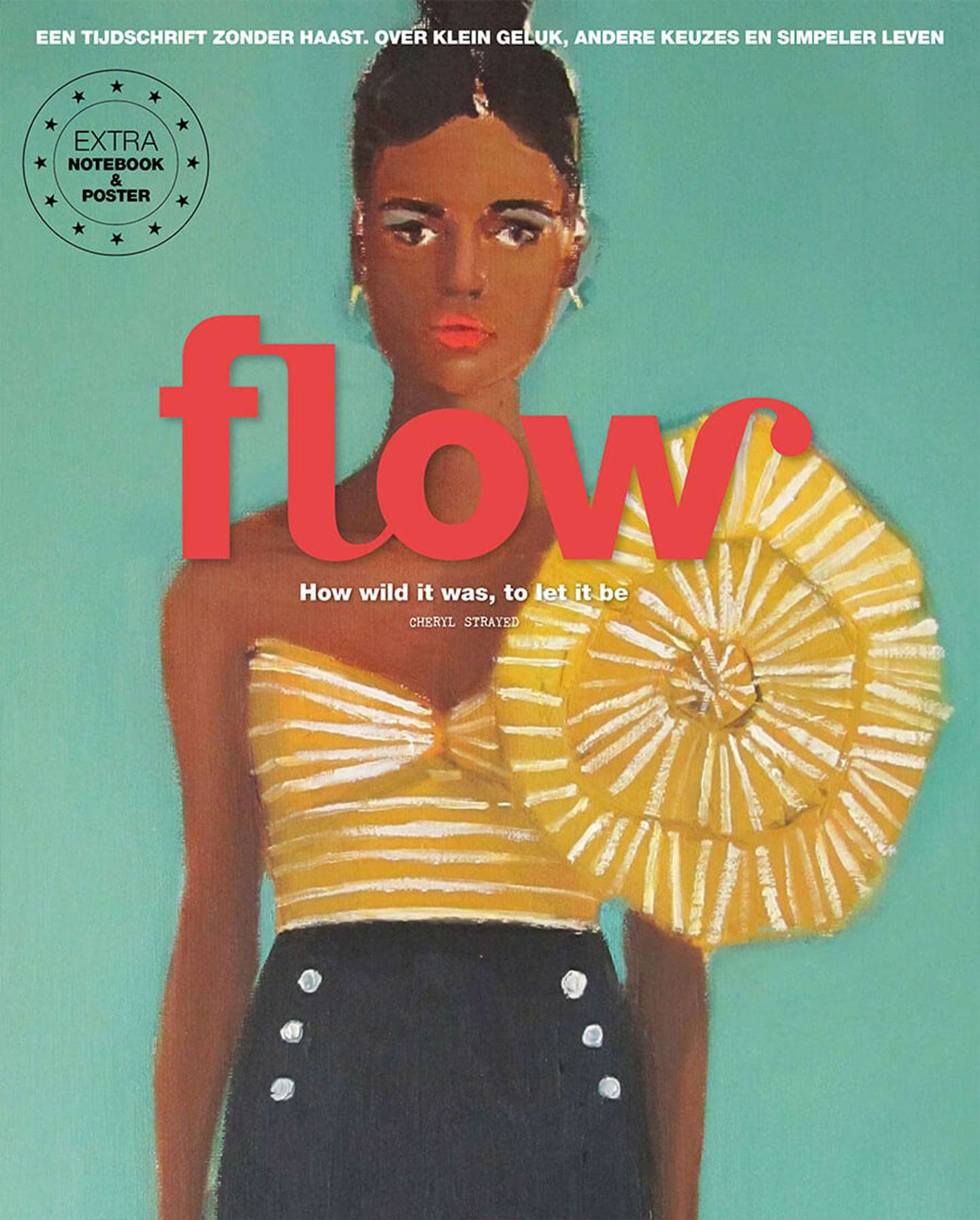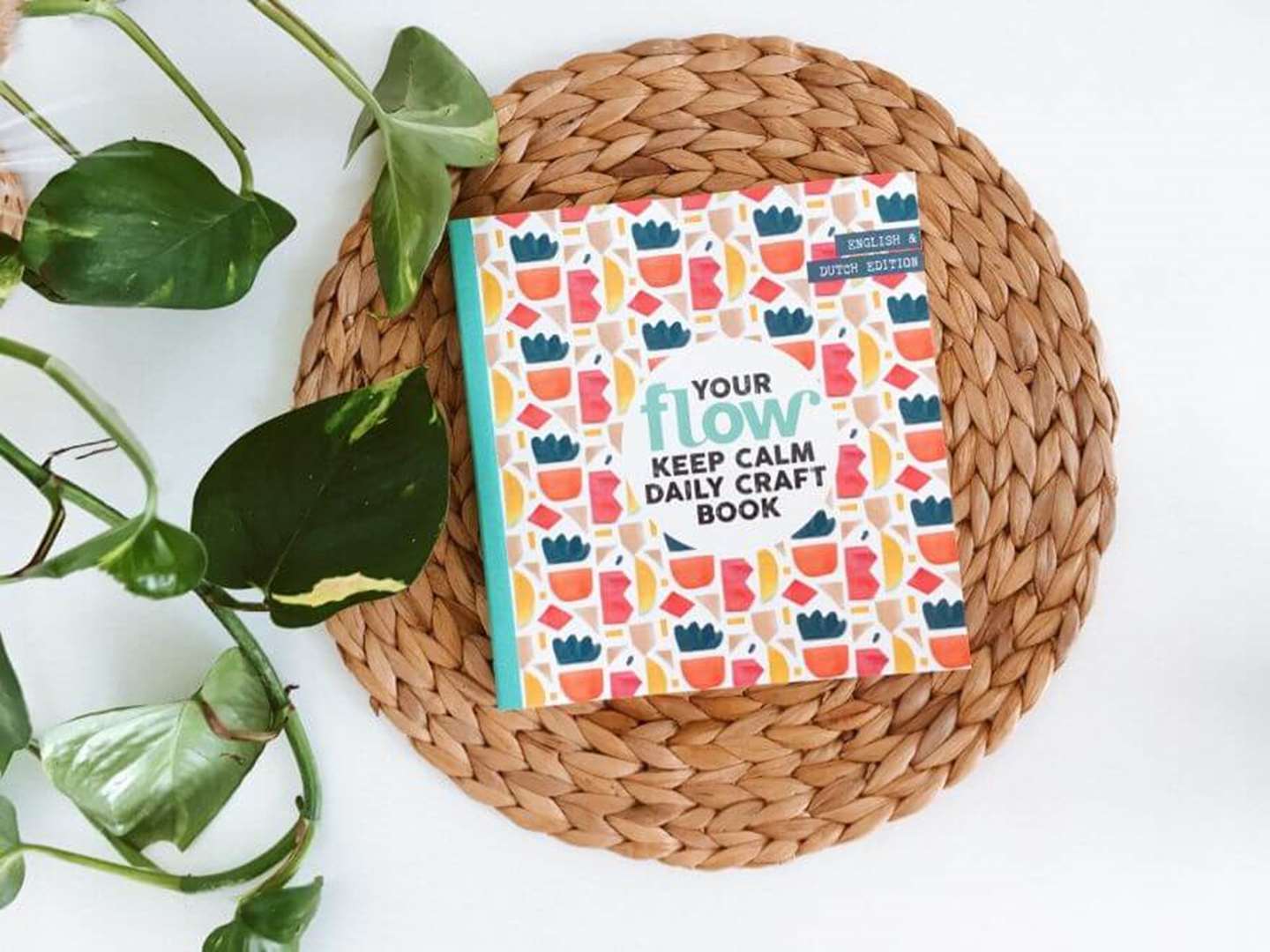Make use of all the tools available to you is Irene’s penultimate lesson.
“We focus very much on print, because it’s the thing we love most and it’s also the thing that brings us a lot of money. But we also want to do online things because digital offers interesting ways to do different things. We always say print is for good journalism and the tactile feeling, while online is for the community feeling. The community feeling is very important. We have a lot of followers on Instagram, people living all round the world, and this is a way to help them connect and to give them the Flow feeling. We started a Facebook group for paper lovers. In just two weeks the group had 5,000 followers. It continues to grow, with people around the world writing posts about the things they do with paper and why they love paper. On Instagram and on our website, we give our readers, content with a community feeling. For us, it’s about embracing the qualities of the different channels so our readers and followers have the best experience.”
Irene’s 10thand final lesson? Have a care in the world
“Sustainability is a question we’ve been asking ourselves about. The German team is doing a lot of research into it. An early finding is that if we leave a certain layer out of the cover, it’s more recyclable, so we are looking into doing that. Sanoma also has a working group investigating ways to print more sustainably: can we use other materials, or different papers, or stop using the plastic bag when posting the magazine? What we’re finding is there is no one easy solution. Next week I’m going to a session on sustainable printing, hoping to discover some good ideas. One interesting thing about Flow is that it is timeless. Yes, we destroy some magazines that come back to us from shops, but we also resell a lot. You can order our old issues because people are still interested in them. It’s not the same as a glossy magazine where you only want to read about the trends now and by next month it’s already old news.”
“There is still a lot of figuring out to be done on how we can print and produce more sustainable paper products. And we have to work it out because we need wood and paper products. Even in this digital age, I think we all want paper. I can’t imagine that there will be children who don’t want to play with paper and draw on it – even when they can draw on an iPad. The attraction of paper will stay the same – you can feel it, you can touch it, it has fibres in it, you can smell it. We’ve had five to 10 years of people growing up with their mobiles, and using them for a lot of things. But they will always want to have paper to slow down and for the tactile feeling.”








